Why You Should Be Using a Backpacking Umbrella
Words and Photos by Dave Stamboulis
Hard terrain, heavy loads, long days….none of them phase me after half a lifetime of trekking around the planet. But Goretex ascents? Forget it, hiking’s closest thing to a horror movie. Honestly, there’s nothing worse than carrying a full pack up a mountain wearing a supposedly “breathable” jacket that has you wetter than a trip to any neighborhood sauna, where at least there is a shower to clean off the sweat at the end of the day.
While rainwear has gotten lighter over the years, it still doesn’t breathe enough to make it practical for climbing hills, unless you happen to be facing Arctic temperatures and extreme windchill. For this reason alone, I hike with an umbrella, although as you’ll see, an umbrella can offer a lot more than just a more sane way to grind up those hills in the wet.

Hiking umbrellas have gotten ridiculously light over the years, with Six Moon Designs probably being at the forefront of ultralight options. Their Rain Walker SUL weighs only 6 ounces and is the lightest full-size trekking umbrella on the market. Meanwhile, their Silver Shadow Mini is only 6.8 oz. and is fully collapsible, packing down so as to fit anywhere in your pack.
You’ll probably want to assess conditions where you are going when making your rain gear choices. Desert areas at certain times of year might be close to guaranteed of no moisture, while traipsing across open alpine plateaus in storms might not only mean heavy rain, but strong winds as well. For this reason, I often carry my regular rain jacket and pants, for the times when the winds are too strong to make an umbrella practical, or when it’s cold enough to actually put them on, but I’ll pretty much be whipping out my umbrella at all other times.
I’ve been on rainy trips with other folks draped in polytetrafluoroethylene membranes, all overheating and looking miserable, while I cruise along in my t-shirt, staying relatively dry at the same time. Even better, you can get clips with your trekking umbrella now that allow you to attach it to your backpack shoulder straps, meaning you can either keep using your trekking poles while hiking, or be hands-free, allowing you to take pictures, eat your energy bar, or whatever else you’d rather be doing.

While ultralight umbrellas (or any umbrellas for that matter) probably won’t work in Iceland, or places/storms that feature driving horizontal rain, I’ve been able to use mine in pretty decent winds by angling them into the squall, helping to serve as a wind-protector as well.
Another great use of the umbrella while backpacking is for sun protection. The Silver Shadow series features a reflective surface on top and a black bottom, which combine to deflect and absorb rays so that you stay cool. Even with little or no shade, if you’ve got one of these you can take breaks and shelter yourself without getting fried alive. These umbrellas also work wonders in terms of blocking wind when trying to cook in blustery conditions as well as allowing you some extra space when you need to cook out of your tent and vestibule, or when you want to leave the front of your tent open in rainy spells. They are also ridiculously practical for making bathroom runs, tent adjustments, or any other need to get in and out of your tent without having to put on dripping wet rainwear.

Umbrellas are also far more convenient for those days when it rains on and off for hours. With rainwear, when it alters between downpours and sun, you’re usually forced to stop, strip, put on and take off jackets and pants repeatedly, and stuff them all in the back pocket of your pack when not in use. Umbrellas meanwhile fit seamlessly into your side pockets, and the Silver Shadow Mini even can fit into a front strap pocket, meaning when it starts to pour again, you can whip out the umbrella without needing to take your pack off or stop.
Another added convenience of umbrellas is that you are far more likely to do the things you normally do when hiking, like stopping to eat and hydrate. On rainy days, most trekkers seem to just grin and bear it, trudging on as it just isn’t any fun to sit down in the wet. While you still might feel cold and miserable, at least with an umbrella you can hunker down under it, stay dry, and actually enjoy an energy bar or sandwich that won’t be soggy.

For those ultralight fanatics carrying tarps as shelters, trekking umbrellas can be indispensable. On my Colorado Trail thru hike, I often met hikers with tarps who always were getting windblown rain coming in to the ends of their tarps, soaking their sleeping bags and making for very long nights. Having an umbrella means you can use it as a door, or just rig it up to cover the bottom of your bag and ensure that it stays dry.
Finally, for those of you who like to cowboy camp, try doing so under a raging bright full moon. It’s almost impossible to sleep. However, if you’ve got a reflective umbrella, you just set it up to shadow your face and you’ll eliminate much of the glow.
While hiking umbrellas don’t completely replace rainwear, and while I wouldn’t get rid of my jacket and pants unless I was doing a hike in dry desert conditions, my ultralight umbrellas have become one of my most essential pieces of gear, whether in the backcountry or even just heading out to the brewpub on a drizzly night. Happy Trails!


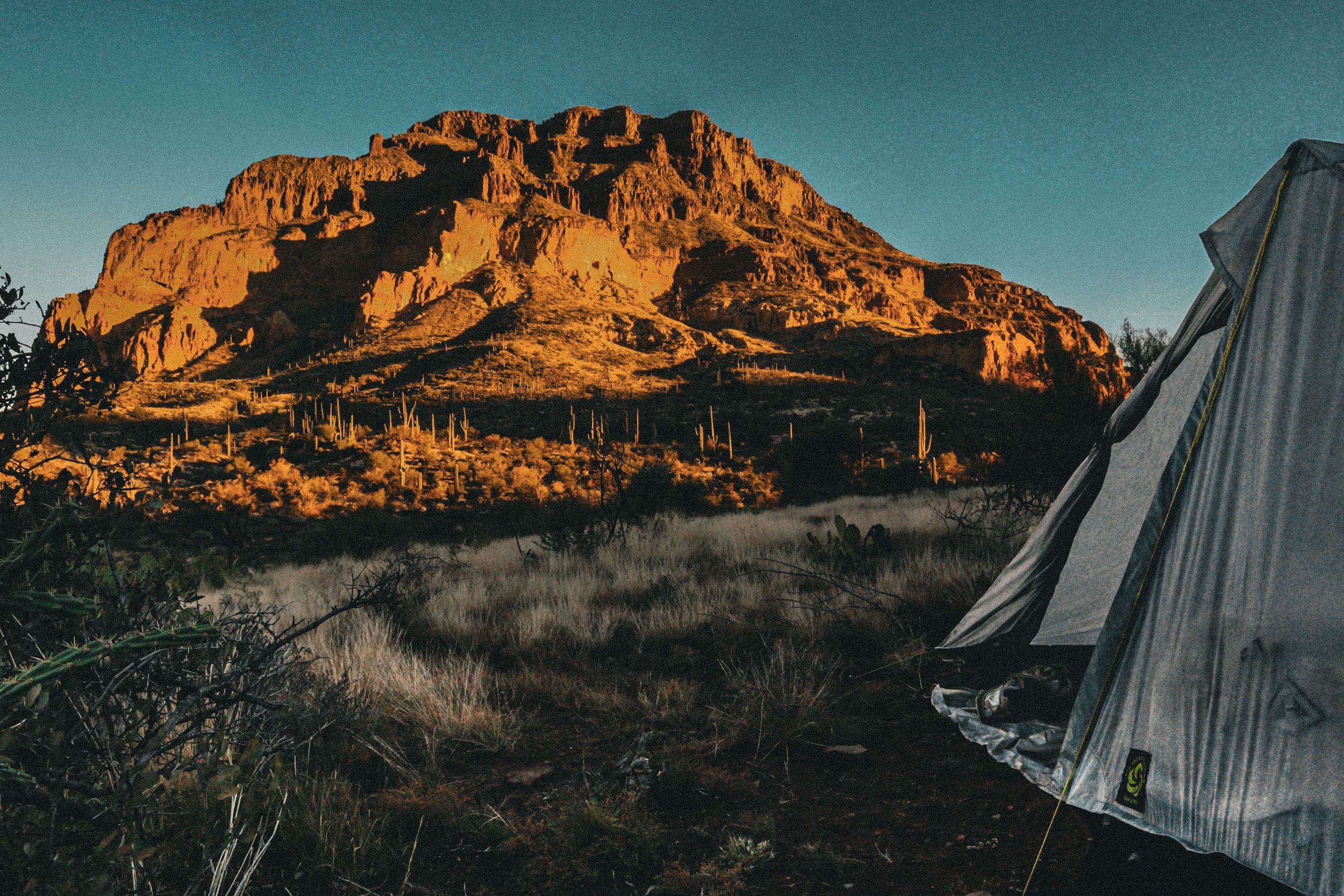
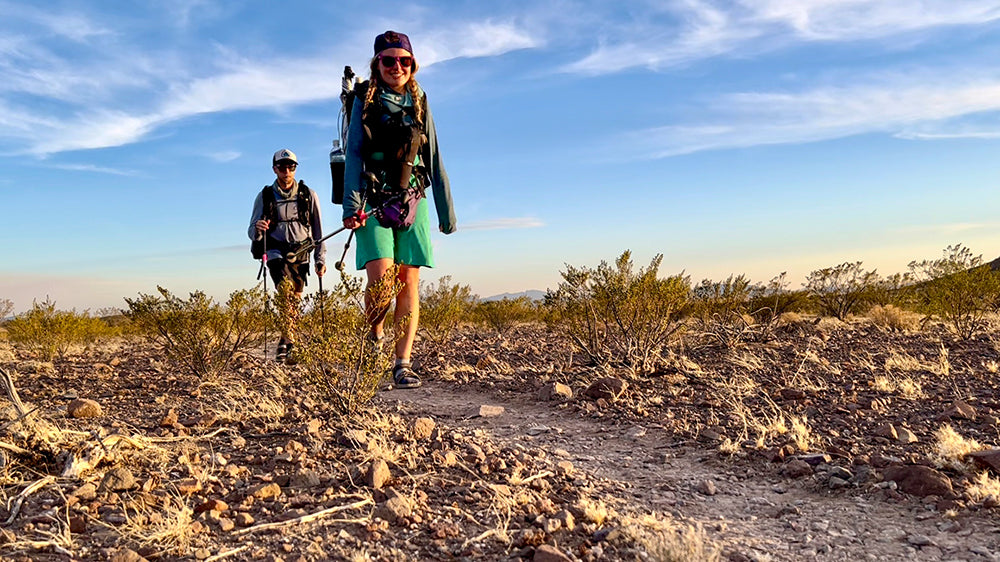
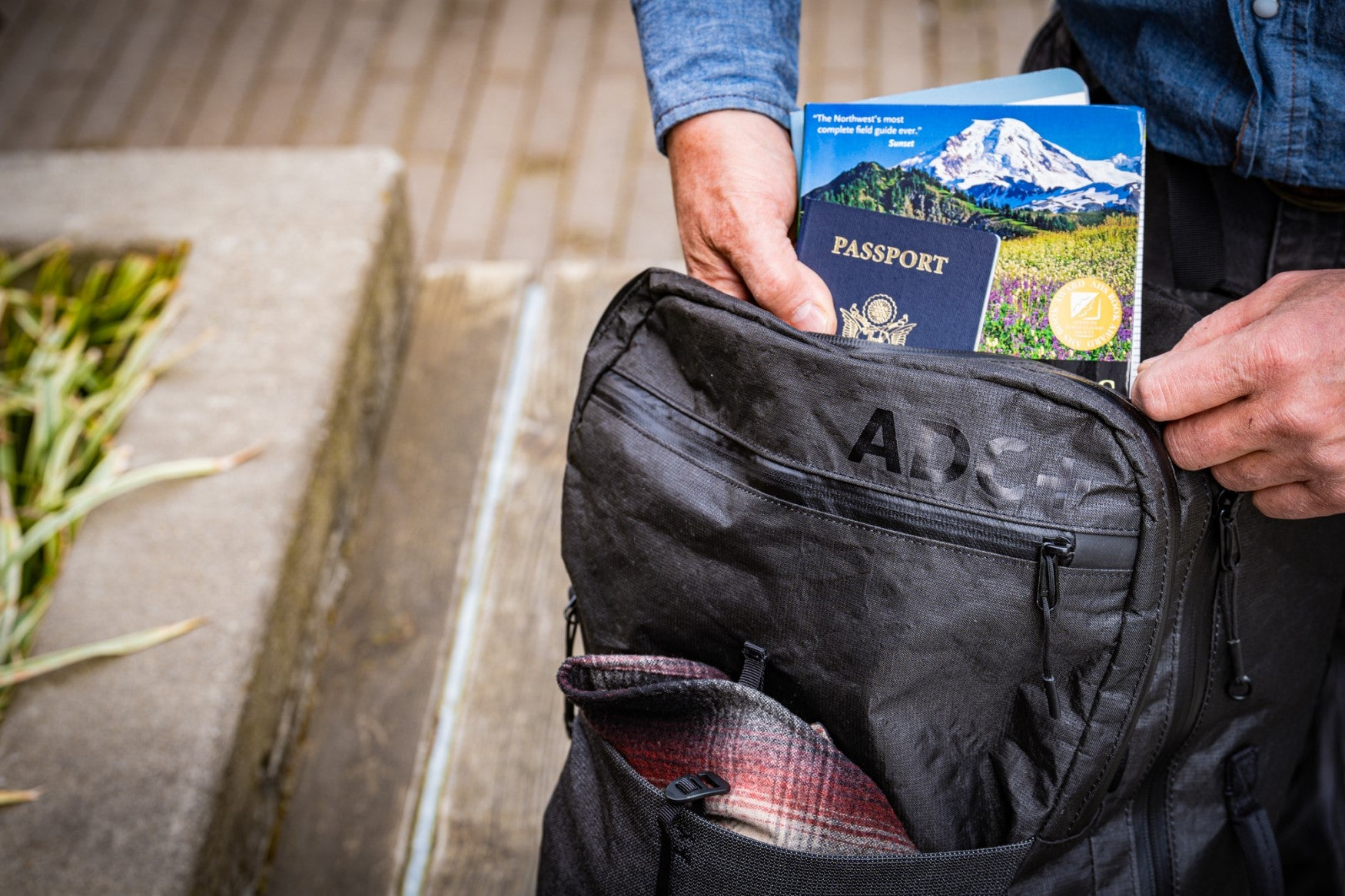
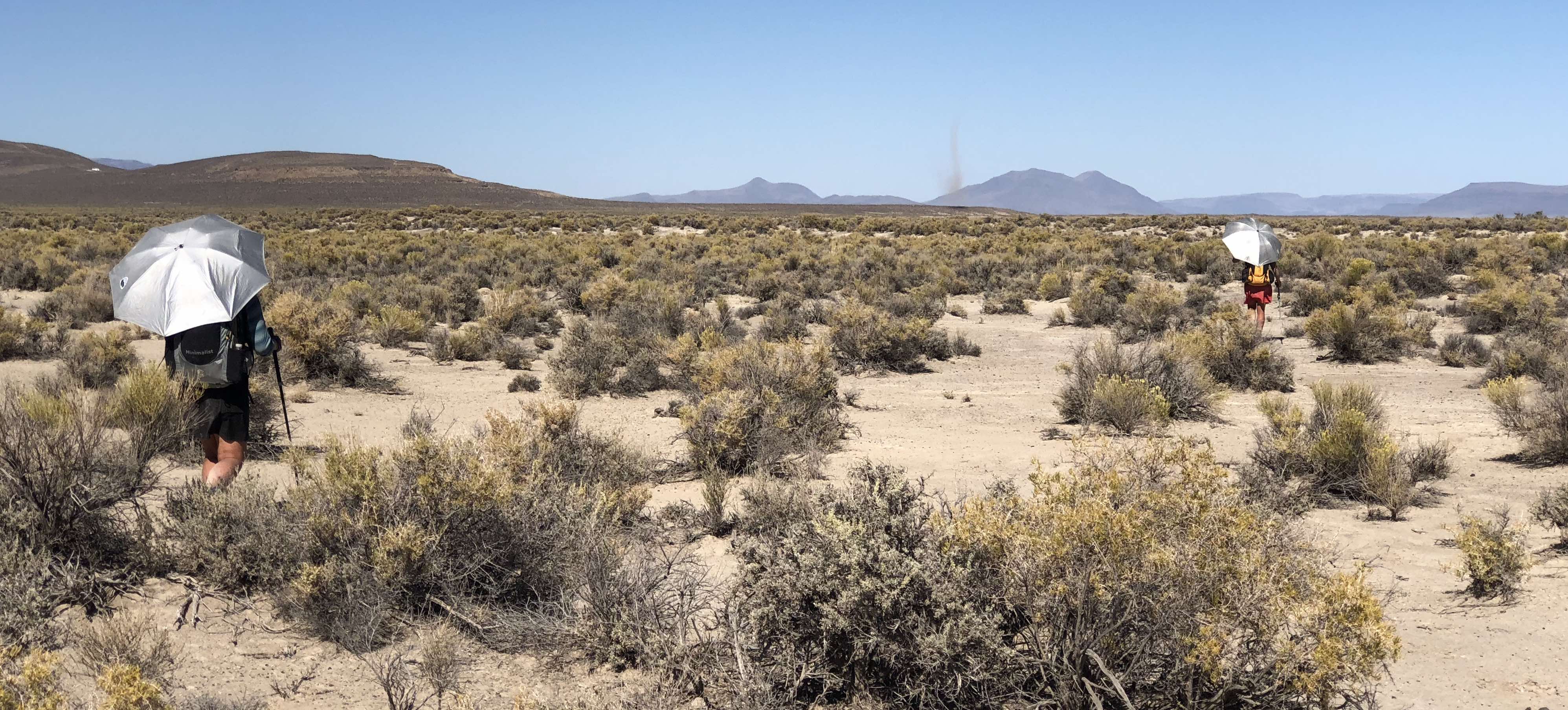
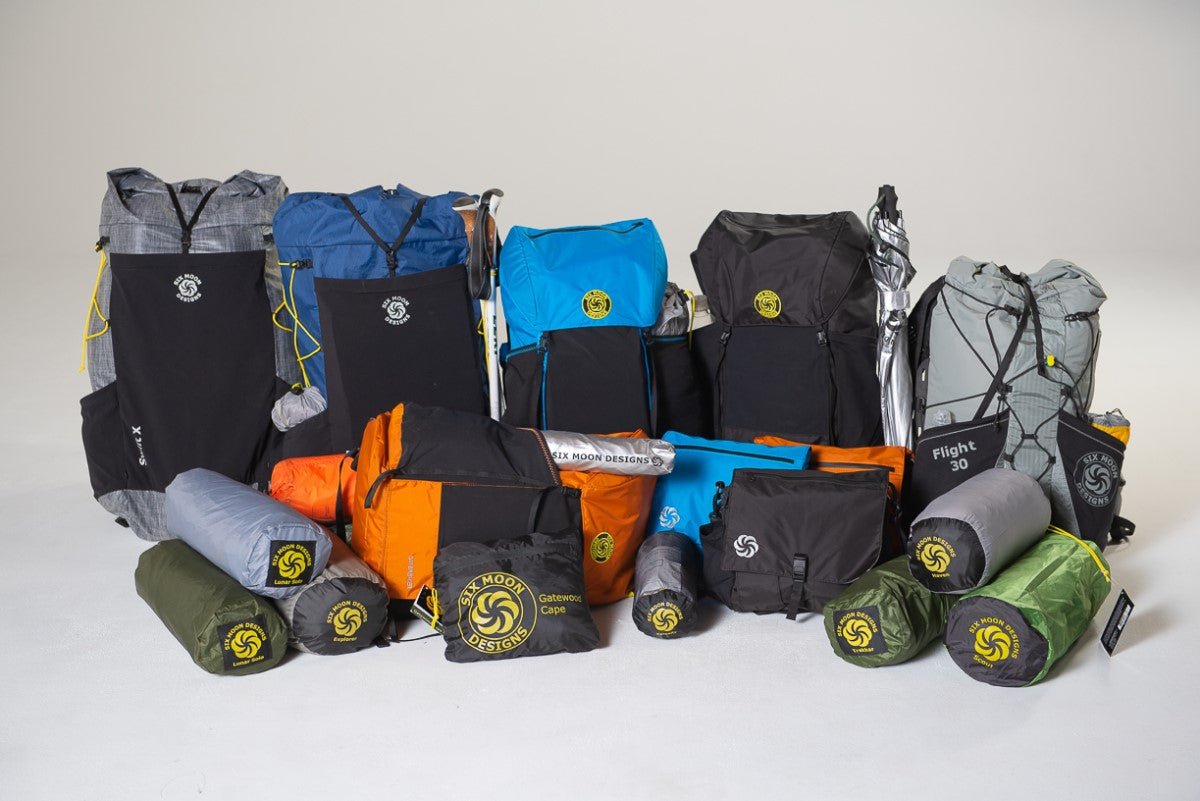
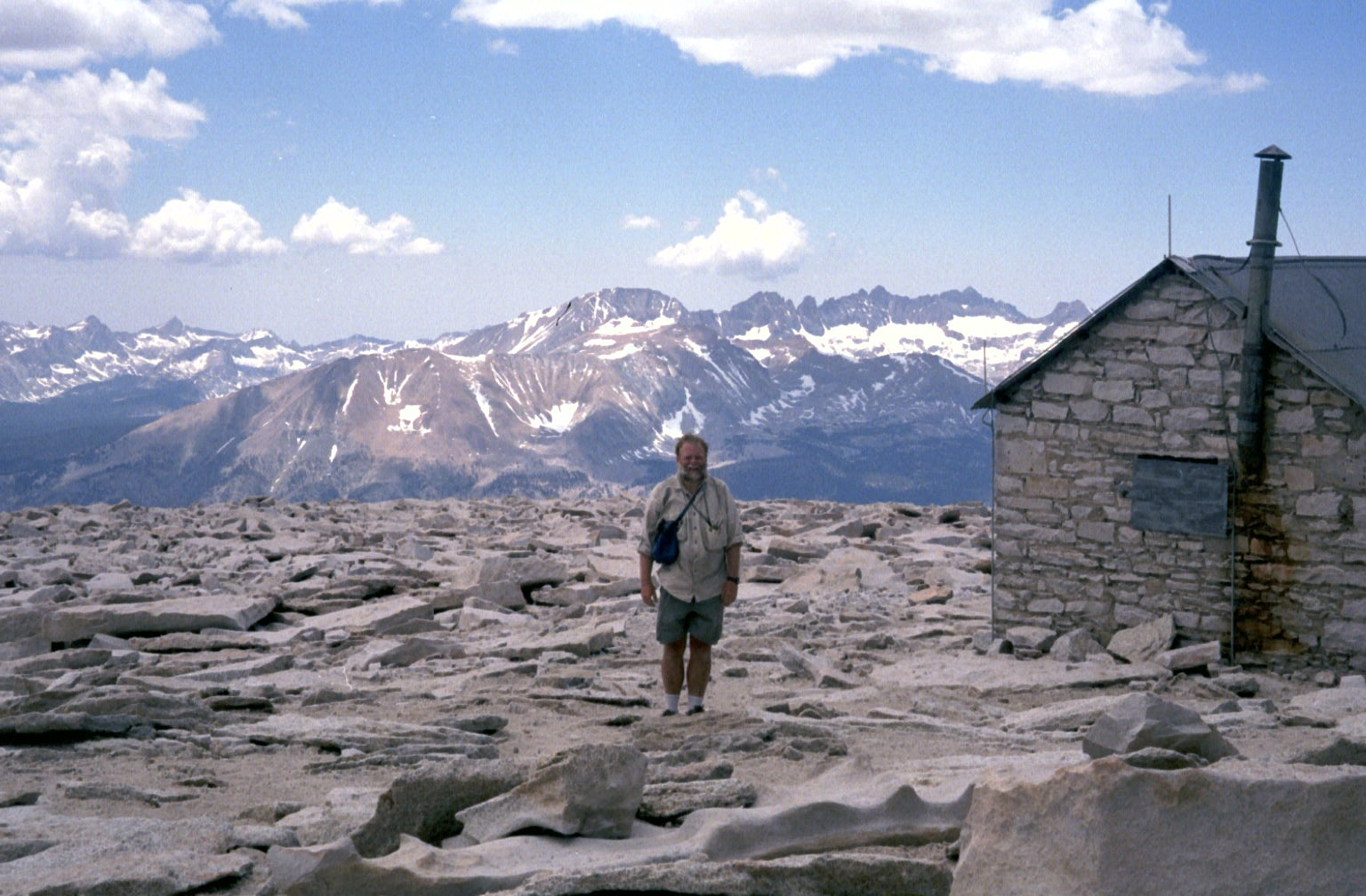
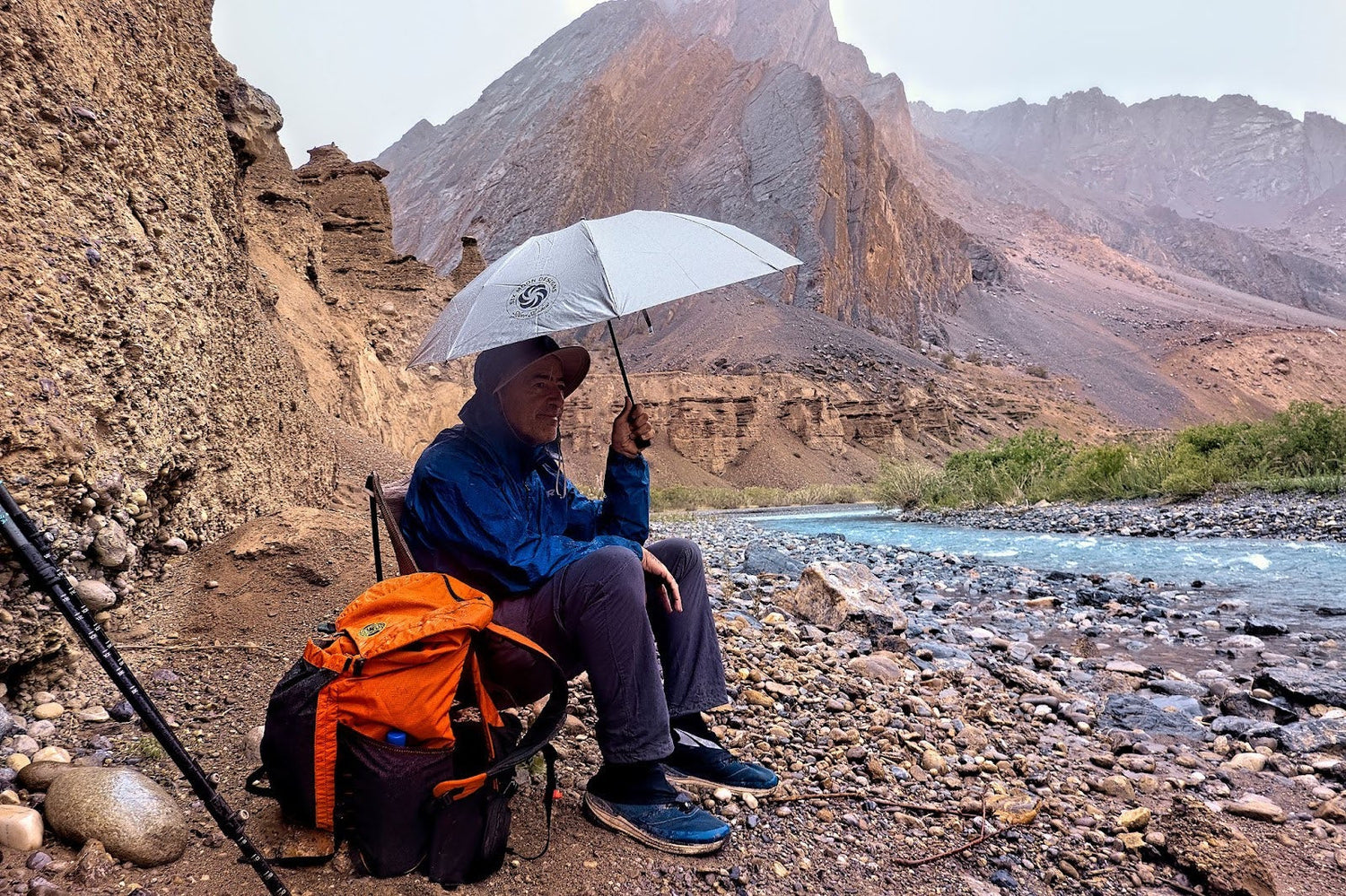
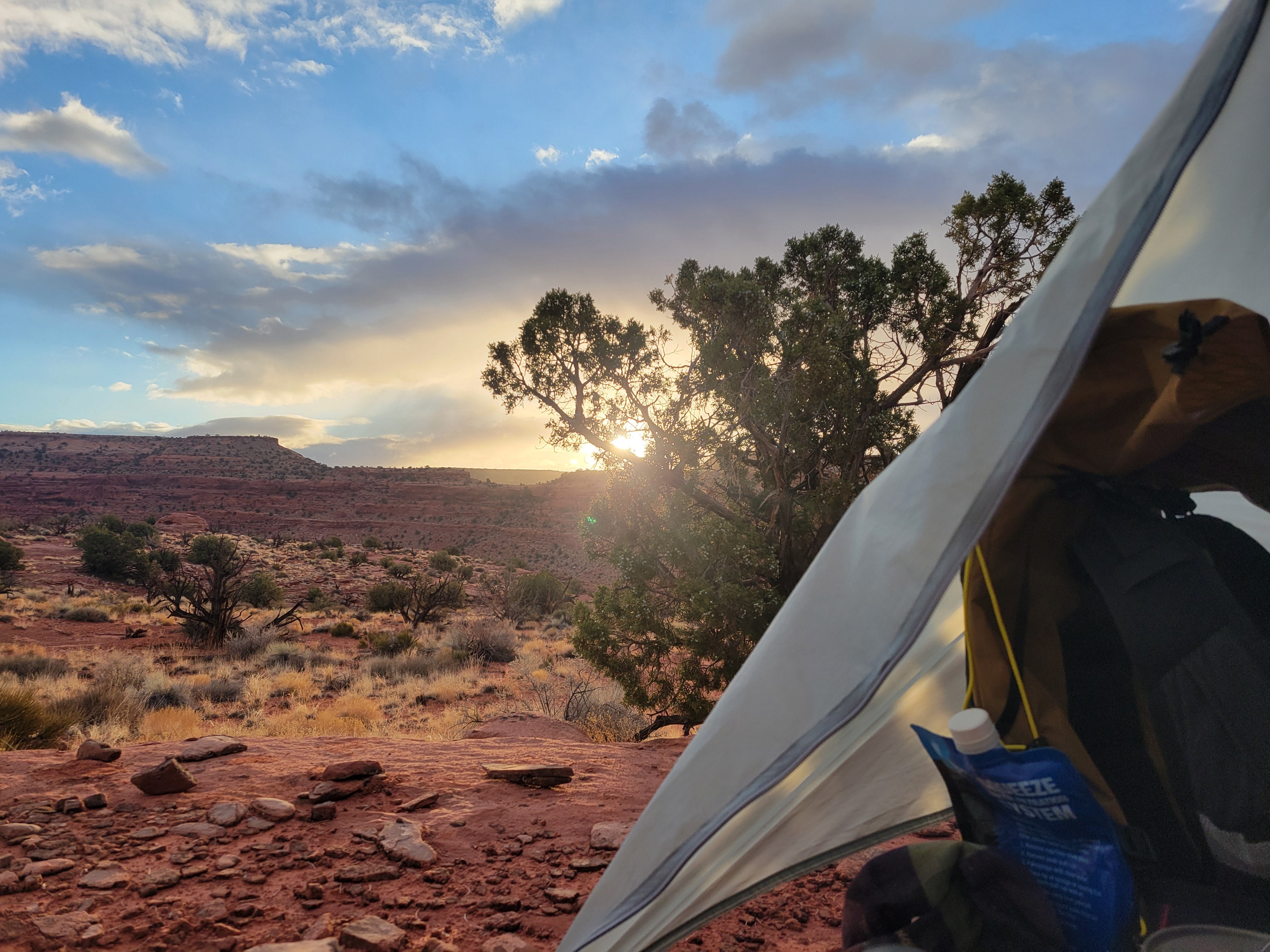
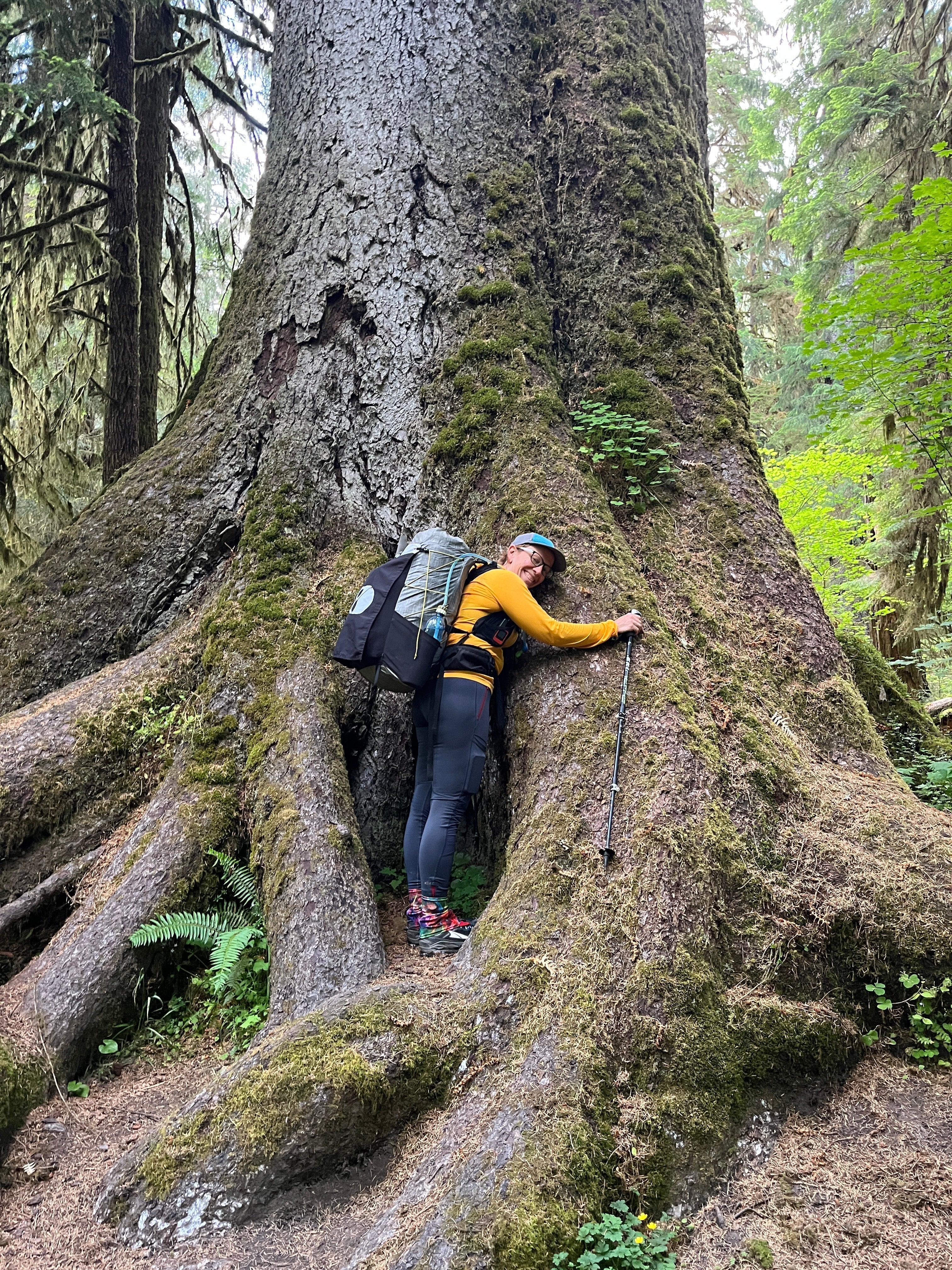
Leave a comment
This site is protected by hCaptcha and the hCaptcha Privacy Policy and Terms of Service apply.